The Ultimate List: 30 Proven Marketing Tactics to Increase Sales on Your Online Store
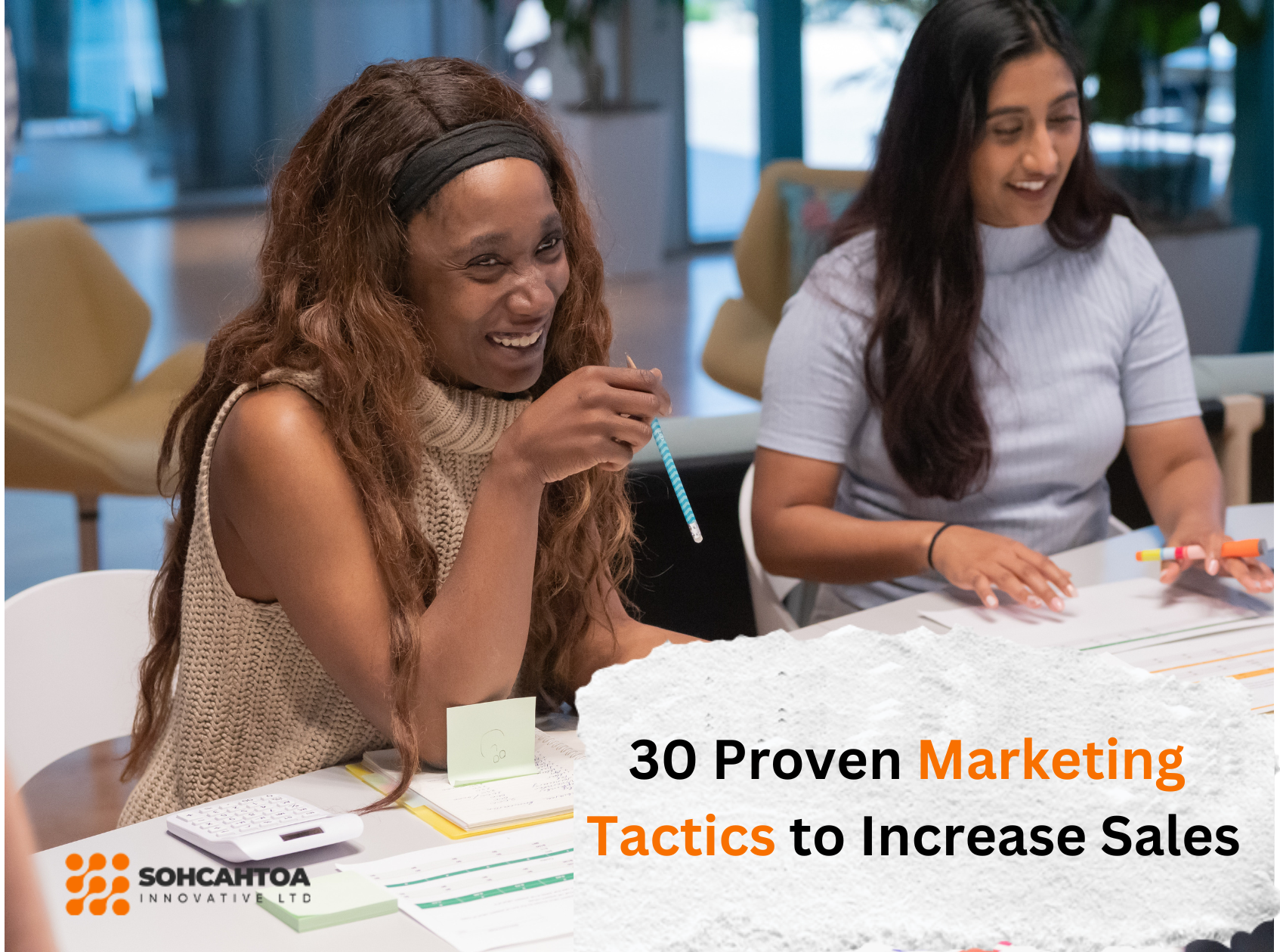
Every business wants to sell; however, putting the best marketing tactics to generate desired sales can be challenging, as one can use numerous tactics.
We know. We’ve been there. That’s why we’ve put together 30 of the best marketing tactics that have helped brands like yours crush their sales numbers.
We encourage you to try any of these strategies for the next few weeks, measure how well it performs and decide if you would adopt that or try a new strategy.
Alternatively, you can combine two or more tactics depending on your business requirements. Before we go on, you need to know what marketing tactics are.
What are Marketing Tactics?
Marketing tactics are specific concepts and methods a business employs as part of a larger marketing strategy.
Also known as advertising tactics, marketing tactics are tailored toward the stated objectives of a marketing campaign.
Different companies can use various marketing tactics, and the best one for a company depends on what they sell, who they are trying to reach, and how much money they have for marketing. A company’s marketing plan and tactics must go hand in hand to achieve its desired goals.

30 Marketing Tactics to Increase Online Sales
1. Start SEO marketing
SEO is the second best way to get new customers online. It helps people find your website easily, leading to more sales. SEO has many benefits, like making your website appear more in search results and getting more people to click. It also helps build your brand and make people trust you.
Here are some important tips to make your online store better for SEO:
- Use social media to get more people to visit your website. Share your products and website on Facebook, Twitter, and Pinterest, and ask others to share too.
- Make sure your website works well on phones and tablets. This will make people happy and make search engines like your site more.
- Make your product pages better for both people and search engines. Use clear, short titles and descriptions and words people might search for.
- Start a blog on your website. Write articles with words that people search for a lot. This will help more people find your website.
- Use a special code on your website called “schema markup.” It helps search engines understand your site better and shows more information about your products and services.
To get started with SEO marketing, check out this fundamental guide by Google.
2. Start a content flywheel program
You should write blog posts often to talk to customers about issues that they relate to, promote your product and improve their position on search engines.
If you’re already making text or video content, consider putting your blog or vlog on your business website and offering your existing content to your target audience.
Aside from just blogging on your website, here are other types of content you can create:
- Write as a guest for other websites and blogs to get people to know about you and get links back to your website.
- Write product descriptions or detailed guides to help people learn to use your product later.
- Start a podcast to share your knowledge about your industry and promote our products.

3. Try TikTok marketing
Over the years, TikTok has become extremely popular and is on track to become the number one social media platform. TikTok uses its smart algorithm that suggests videos based on your interests to draw people in and keep them longer. As such, many people spend more time on TikTok than any other social media.
It’s also super easy to create your unique space on TikTok and let the algorithm show it to as many people as possible. We found this incredible guide on successful TikTok strategies you can try.
4. Use Live Chat to engage website visitors
Live chat is a game changer when engaging your website visitors. It involves adding the flexibility to let website visitors communicate with your support team instantly.
Today there are many live chat apps you can use for free to enhance your website experience for your customers.
Some live chat tools allow you to reach out to specific visitors who have spent time on your site or come to your site through an email newsletter. How you use these features is entirely up to you.
With live chat enabled, you can have real-time conversations with your visitors, answer their questions and even help them make purchase decisions.
5. Optimise your product pages for better conversion
Most times, what separates top-selling online stores from others is how optimised their product pages are to entice customers to buy. This is gunning in for the best CRO.
Conversion rate optimisation (CRO) is a practice to make your website enticing so people buy things from it.
When you practice CRO, you discover where your website is not making enough sales and why people leave without buying anything. With this, you can fix what’s not working and increase sales.
CRO involves researching to understand your website better, using both surveys and analytics and then using all that information to develop ideas and tests to see which methods make the most people buy things from your business.

6. Implement strategies to reduce abandoned carts
You can lose a lot of money when people add products to their carts but leave without buying anything. It could be that the visitor has concerns about the purchase or forgot to check out because they were distracted at the point of sale.
This is common, and you can address this by optimising your content to clear any doubts about your product and using cart reminder notifications or email to help them complete their purchases.
Offering a discount or free shipping is another way to convince them to buy.
7. Launch a Facebook store
Many online marketers don’t know that Facebook is beyond just a social media platform. The app has undergone several changes over the years to the point that it serves as a marketing platform for e-commerce brands.
It was the top marketing platform for dropshippers for many years before TikTok came along and remained the social media app with the most users.
While Facebook ads have their advantages and disadvantages, it’s pretty straightforward to start making sales through your Facebook store. Better yet, your Facebook store can integrate directly with most online stores like Ecwid or Shopify.
8. Capture more email subscribers
Email marketing isn’t dead! It’s well at the heart of many other marketing tactics on this list.
Email marketing is still a great way to nurture leads, convert them to customers and keep them returning. While social media content is generic and focuses on getting your brand out there, emails let you have a more personal connection with your customers which translates into sales.
People care more about their emails than social media conversations. That gives you an edge to design personalised emails and offerings they cannot refuse.
There are so many platforms you can use to start email marketing and grow an audience over time. To grow your audience, promote your newsletter, blog, free resources and anything else that collects email addresses.

9. Improve your email campaigns
Still on email marketing, it’s not enough to capture a bunch of email addresses and go to sleep. To get results, you must create and send regular, valuable emails to your subscribers to drive traffic to your online store.
It’s all about the value of your content and the timing. Here are great occasions for sending emails your subscribers will love:
- Send a welcome email when a customer makes the first purchase.
- Offer regular exclusive promo codes and coupons.
- Schedule newsletters to alert subscribers of new stock, product tips, discount offers and general updates.
- Send thank-you emails to your highest-value customers with personal notes. This is important.
- Solicit feedback. Ask customers if they love their items or are satisfied with your services.
- Share helpful content to help customers get the most out of their purchased items.
- Run temporal giveaway campaigns, treasure hunts or holiday sales promos via mail.
10. Send wishlist reminder emails
Wishlists are carts where customers can add items they want to purchase later from your store. Many times, customers don’t return to their wishlist after a while. That’s where wishlist reminder emails come in.
With this email, you remind customers to return to their wishlist and buy the items they’ve always wanted. The wishlist reminder email is similarly related to the abandoned cart email. Both are designed to convince shoppers to take the final step to finalise the purchase of the items they intend to buy.
The good thing about wishlist emails is that you can send them repeatedly in many creative ways, especially if the customer has many items to buy but only bought a few so far.
You will need optimal email marketing tools like Mailchimp, Active Campaign and HubSpot to design and even automate abandoned cart emails and wishlist reminder emails.
11. Expand your product range
To add more products to your store, you should check if people want them and if it’s worth the money. There are different ways to do this, like looking at popular keywords, checking if people in other areas are interested, and seeing what’s trending on social media.
Another creative way to check if people would buy a new offering is by offering pre-sales. You can offer the products before they are available and see how many people want to buy them.
12. Personalisation would get you far
Personalisation is a good way to boost online sales. It means customizing the experience for each visitor based on what they have done and liked before.
BGC has it that personalisation can lift sales by as much as 10%. However, only 15% of companies use personalisation to its fullest extent.
Consider where your customers are located when personalising their experience. For instance, someone in southern Manchester might be interested in buying winter jacket suits in early December, while customers in Dubai are shopping for light summer wears.

13. Leverage user-generated content
User-generated content (UGC) is the best way to connect with new customers and move products fast. UGC marketers leverage social proof by getting existing product users to generate marketing content about the product.
New prospective customers would few more confident to buy your products if they see that people just like them are regularly purchasing your products.
UGC are technically product reviews, but they can also be explainer videos, featured videos or photos of people using your products in their daily lives.
14. Explore offline local marketing
Online retailers can also take a local approach to their e-commerce marketing tactics to increase online sales. Find out where you have many customers and offer them a special deal or discount. Look at what products they buy and how they spend money.
Try selling your products directly to customers by going door to door. You can visit people’s homes or workplaces and offer your products directly to them.
If you have a warehouse or more than one warehouse, consider offering free, discounted, or faster shipping to customers who are close by.
15. Consider Instagram marketing
Just like TikTok, Instagram is a great place to build out your unique space fairly fast. Unlike TikTok, though, it allows both image content which most brands resonate with.
To get many people interested in your products on Instagram, take regular interesting pictures, use hashtags wisely, and post at the right times. This will help you gain a large number of followers over time. It is important to interact with your followers and make them feel involved.
There are different ways to interact with your audience on Instagram. You can hold contests or show them what happens behind the scenes when you develop your products.
Also, you can run paid ads on Instagram to get your posts in front of more people. If you’re a small business, watch this guide on performing Instagram marketing.

16. Optimise your store for mobile
More people browse the internet using their mobile phones. Optimising your store for mobile means having a responsive design that reaches more people. You can design mobile interactiveness yourself or hire a professional to help optimise your store for mobile.
To make it easier for people using their phones to shop on your website, you can make the “Add to Cart” button bigger on all product pages. This way, visitors won’t have to zoom in to click on it.
Don’t forget to change how product images are displayed to load faster on mobile devices and are easier to zoom in on. With this, your website will appeal to more mobile users, helping you sell more.
17. Reward your loyal customers
It’s far cheaper to sell to returning customers than convert new prospects into buying customers. Therefore, you should focus on customer retention to increase online sales.
One customer who already knows your brand can spend thrice as much as a new customer interacting with your store for the first time.
According to Stitch Labs, return customers account for 22% of a retailer’s revenue while making up just 11% of the total customer base. That’s pretty interesting!
One way to reward loyal customers and big spenders is through a customer loyalty program, as we discussed above. Loyalty programs give customers extra incentives to make a new purchase or repurchase, and they keep your brand top of mind.
18. Consider sponsoring events
Supporting an event or non-profit organisation as a sponsor can improve how people see your brand and help you reach new potential customers. It can also lead to a lot of free mentions on social media, which can provide you with valuable data on how well your business is doing.
There are different types of sponsorships you can choose from:
- Media/promotional sponsorship: In this type, you use your marketing resources to promote the event, and your brand is mentioned or featured in some way.
- Financial sponsorship: This is the most common type where you give money and, in return, receive certain benefits or publicity.
- Goods/services sponsorship: Instead of giving money, you offer products or services for the event. For instance, you could donate raffle items or give thank-you gifts for non-profit fundraisers.
19. Referrals are important
A referral program is when customers are encouraged to tell their friends and family about a brand or product. They get a reward, like a discount or something else, for each person they refer who buys something.
Referral programs can help a business get new customers and increase sales because people trust recommendations from their loved ones. If done well, referral programs can make a business grow.
Here are some important things to remember when starting a referral program:
- Keep the program simple and easy to understand.
- Make it easy for customers to share their referral links with others.
- Keep track of referrals and rewards to see how well the program works.

20. Try influencer partnerships
Influencer marketing is huge marketing tactics worth over $13 billion. It leverages social proof by getting digital creators to promote your brand or product to their audience.
To start influencer marketing, you first have to partner with an influencer with a following of your target audience. For instance, if you sell pet products, you want to partner with influencers who create pet-related content and have an audience passionate about pets.
You get to decide how to set up the partnership and how involved your influencers are in your marketing plans. You can use influencers as long-term affiliates and constantly draw conversions and sales from their followers.
21. Get customer testimonials
According to a survey by BrightLocal, 77% of people always or regularly read reviews and testimonials when looking for local businesses.
A customer testimonial is when a happy customer supports your products or services. A positive testimonial can bring in new customers and make potential customers trust your brand and products more.
Customer testimonials can be in various forms, such as shout-outs on social media, short videos showcasing your restaurant, or even case studies that provide data to demonstrate why your product is important.
22. Leverage events
Event marketing is when you organize a special event, exhibition, or presentation to promote a product, service, cause, or organization. These events can occur online and offline, and the main goal is to engage with customers.
There are different types of events you can plan, such as:
- Community events that help you connect with your neighbours and learn more about the community you serve.
- Conferences or conventions where you invite speakers and provide networking opportunities for people.
- Pop-up shops that allow you to connect with different groups of people or specific local areas.
- Themed experiences like holiday celebrations.
- Charity events.
23. Run pay-per-click (PPC) ads
Pay-per-click (PPC) is a type of online marketing where you pay a fee whenever someone clicks on your ads.
To do this, you compete with other businesses by bidding on relevant keywords related to your business and brand. Then, search engines like Google use a special program to decide where your ad will appear when someone searches for those keywords.
This is an excellent way to make sure that people who are interested in your products can find your brand easily. When they search for the things you sell, your ad will appear, and they’re more likely to visit your website and buy something.
Businesses that use their advertising system, like Google Ads, earn more than they spend on ads.
24. Start live streaming
Livestreaming is a new marketing tactics but is highly effective. It involves broadcasting content on social media to a live audience. According to McKinsey & Company, live-streamed events are seeing conversion rates of almost 30%.
That’s huge by any marketing standards!
For your live streaming marketing to be effective, we recommend hosting a celebrity or known influencer in your industry. While you can use unknowns and company experts to host your live events, influencers are much more effective, at least until your brand becomes a household name.
You can also use live streaming to announce product launches and new partnerships or to provide tutorials and maintenance tips. To encourage attendance, offer discounts, gifts or exclusive offers to those that attend.

25. Use guerilla marketing campaigns
Guerilla marketing involves making big statements using highly creative but low-cost imagery or shows to get exposure for your brand and products. It’s usually done offline and captured on social media to ride on both offline and online virality.
There’s just one measurement for the effectiveness of guerilla marketing: when people start talking about marketing efforts online.
Some forms of guerilla marketing are:
- Event ambush marketing
- Street marketing
- Stealth marketing
- Ambient marketing
- Viral or buzz marketing
26. Upsell your products
Upselling is simply offering more value over a regular product or getting customers to go for an upgraded version of a product to make a premium from the purchase.
Sometimes, customers are not aware that there is a premium version available, or they need more information to understand how an upgrade or package can better meet their needs.
There are two important things to consider when upselling:
- The upsells should relate to the product the customer initially wanted. It should be something that complements or enhances their original choice.
- It’s essential to consider the price range your customers are comfortable with.
If the new product is significantly more expensive, they may not be willing to pay for it. Customers usually have a price in mind as a reference point, and they compare other prices to that initial number. The new product must fit better than the original one to justify the additional cost.
27. Use press coverage
Press coverage means using press releases to create excitement about your business. Startups with limited budgets use this marketing tactic a lot to get people talking about their company.
Whenever you see a new startup coverage on Tech Crunch, Forbes or any other popular publications, chances are they are paid press coverage.
With press coverage, you can decide what information to share and ensure people notice it. Plus, by using the press, you can reach a large audience.
To get the best result from press coverage, only use it when you’ve got something interesting going on, like a new fantastic product release or big collaboration. If you keep using this tactic to say unimportant things, people will ignore your releases over time.
28. Repurpose your content
Creating content is something that is always needed, especially with social media. So, if you already have content, why not use it again differently?
Repurposed content can help you in two ways: it reduces the pressure to come up with new content constantly, and it also allows you to reach more people with your content.
Here are some more ideas:
- Use testimonials to create content for social media.
- Transform blog content into video content.
- Incorporate blog content into online courses or educational materials.
- Bring in guest contributors to provide a fresh perspective on topics you have already covered.
- By repurposing your content, you can save time and effort while still reaching a wider audience.
- Turn internal studies or data into case studies.
- Update or refresh old blog posts with new information.
29. Sell on marketplaces
Marketplaces are online platforms that can help your brand and products reach more people. According to Statista, Amazon has reached over 200 million Amazon Prime members in the United States alone.
There are also marketplaces like Etsy, which allow you to target and market directly to your specific audience or niche.
When deciding which marketplace is the best fit for your brand, it’s important to do some research.
Look into the demographic of users who visit each marketplace and consider the advantages and disadvantages of selling through these platforms. This will help you make an informed decision about which marketplace is most suitable for your business.

30. Run webinars
Webinars are one of the marketing tactics used to reach a wide audience all at once. It’s online presentations where information or training is given to people. You can host a webinar live or recorded over the Internet using special video software.
Webinars have become very popular because they help businesses and organizations reach more people with their message. They are a convenient and affordable way to share information and can be used to train employees, get new customers, or educate people about different things.
However, running a successful webinar is not as simple as turning on a camera and recording. It requires careful planning and preparation to make it engaging and informative.
As an appreciation for making it to the end of this post, here’s a bonus:
Bonus!
31. Use Banners or Pop-Ups
It’s really important to collect contact information from people who visit your website so you can stay in touch with them in the future. To do this, you can add banners or pop-ups on your website’s pages.
These banners or pop-ups will offer valuable content that matches the theme of your page. In exchange for this content, you can ask visitors to provide their contact details.
The content you offer can be things like event invitations, discounts, online guides, or even a subscription to a newsletter where you’ll send them useful and interesting information.
Once you have many contacts in your database, you can organize them based on the information you gathered from them. This will help you create different groups of people to target.
You can then communicate with them regularly, using methods like email marketing, to promote and sell your product or service.
31. Use a great Return Policy
Having a good returns policy is important for increasing online sales.
For instance, offering free returns is a big factor that influences consumers when they have to choose between different websites. But should you offer this? There are several things to consider to avoid any negative consequences of having a returns policy.
When creating a returns policy, it’s important to consider the customer’s needs. Here are a few guidelines:
- Define the conditions for returns for all or only some of your products. Not all products require the same decision-making process, and they may not offer the same benefits when returned.
- Specify who will be responsible for covering the shipping fees associated with returns.
- Clearly state your returns policy during the purchase process. If your customers have a bad experience or are uncertain about your returns policy, they may decide not to complete their purchase.
- Make it clear which products can be returned and which ones cannot.
Learn more about creating a good return policy.
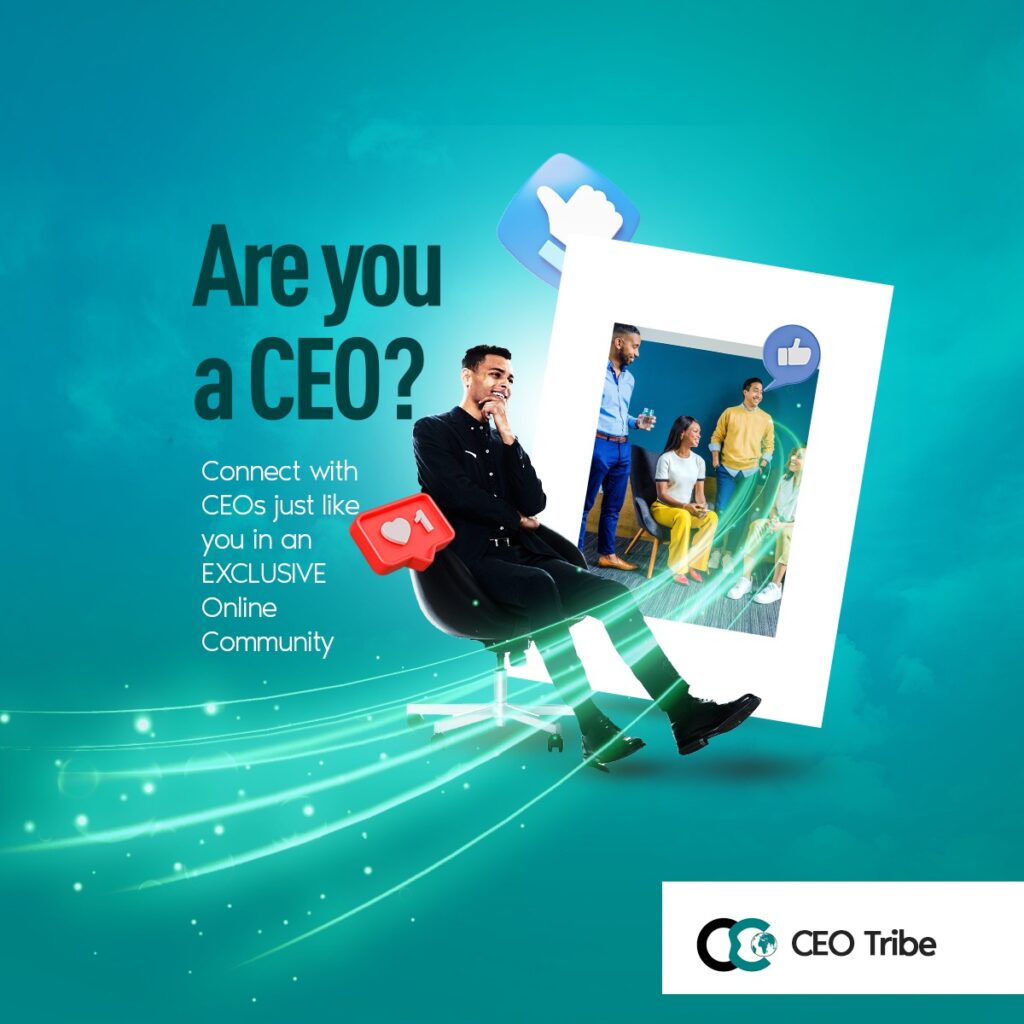
There you have it, the 30 best marketing tactics to increase online sales. As we said at this article’s beginning, pick what tactic(s) works for your business and, most importantly, implement them.
Stay tuned to this page for more business nuggets like this, and watch out for our business education, financing and mentor-matching platforms launching soon.
We’ve also built a community of entrepreneurs who are either turning their passions into businesses or already building their empires. Click here on our waitlist to know when we will launch this.
Recommended Posts
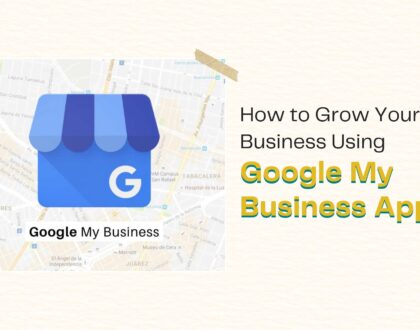
How to Grow Your Local Business Using Google My Business App
January 20, 2025
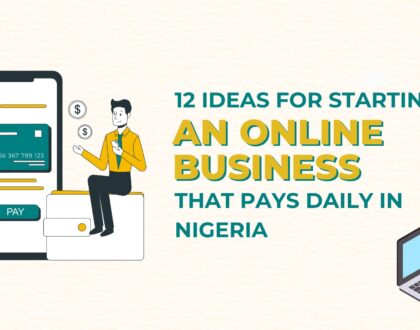
12 Ideas For Starting An Online Business That Pays Daily In Nigeria
October 31, 2024
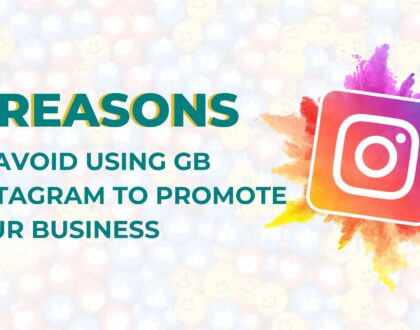
5 Reasons To Avoid Using GB Instagram To Promote Your Business
October 17, 2024
